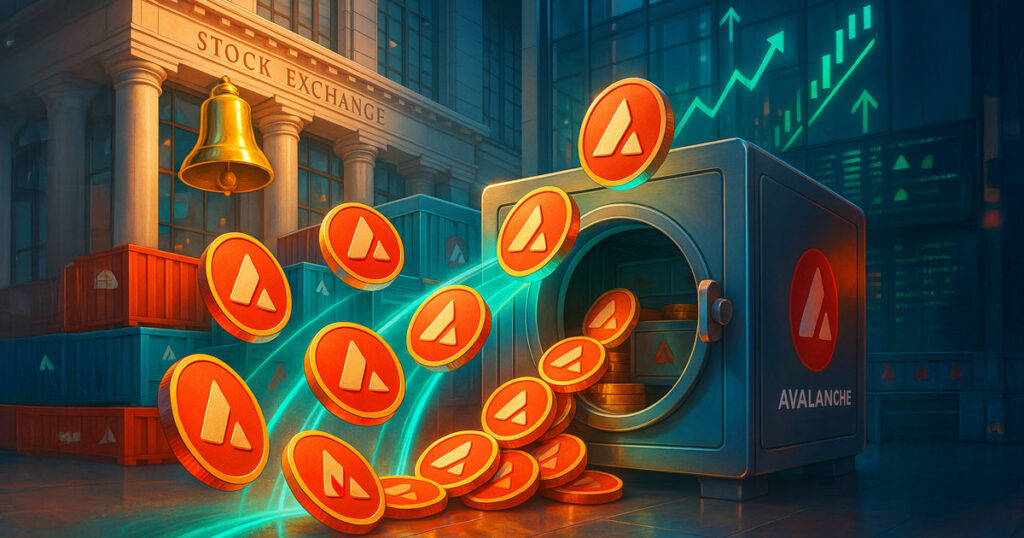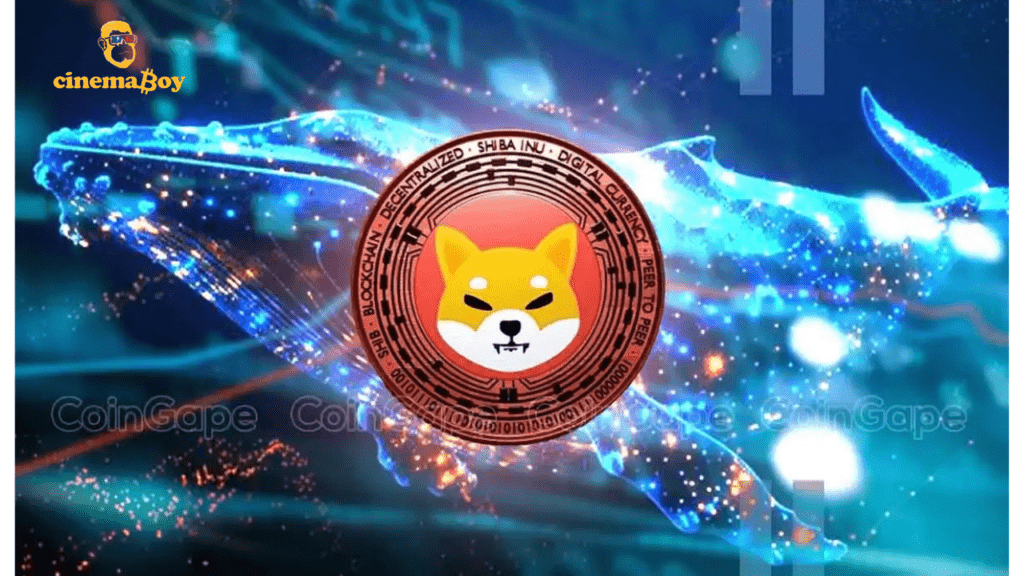Market Pulse
In a groundbreaking move set to redefine its position within the competitive blockchain landscape, the Avalanche Foundation has announced an ambitious $1 billion strategic fund. This monumental commitment is specifically earmarked to catalyze the growth of its ecosystem and firmly establish AVAX as a cornerstone of the burgeoning multi-chain finance paradigm. This substantial investment underscores Avalanche’s unwavering dedication to fostering innovation, enhancing interoperability, and attracting a new wave of developers and users to its high-performance network.
Avalanche’s Strategic Vision: A Multi-Chain Future
Avalanche’s leadership has consistently championed a vision where blockchain networks operate not in isolation, but as interconnected components of a larger, seamless digital economy. The recently unveiled $1 billion fund is the financial engine designed to turn this multi-chain dream into a tangible reality. This initiative aims to bridge the current fragmentation within decentralized finance (DeFi) by incentivizing the development of robust cross-chain solutions and integrating AVAX into a broader spectrum of blockchain ecosystems. Think of it as constructing a vast network of digital highways and bridges, connecting different crypto cities and allowing value to flow freely between them.
- Ecosystem Expansion: Directly supports projects building on Avalanche, including DeFi protocols, gaming, NFTs, and enterprise applications.
- Interoperability Focus: Funds development of secure and efficient cross-chain bridges and communication protocols.
- Developer Incentives: Attracts top talent by offering grants, liquidity incentives, and technical support to innovators.
- AVAX Utility Enhancement: Aims to increase the demand and utility of the native AVAX token across various platforms and chains.
Fueling Growth and Interoperability
The core of this strategic allocation is to nurture innovation and solve one of blockchain’s most persistent challenges: interoperability. By focusing on enabling seamless asset transfers and communication between disparate blockchain networks, Avalanche seeks to create a more integrated and user-friendly experience for the entire crypto community. The fund will empower developers to build sophisticated decentralized applications (dApps) that can leverage the strengths of multiple chains, fostering an environment where liquidity and users are not confined to a single ecosystem.
This initiative is expected to attract a diverse array of projects, from those looking to build the next generation of decentralized exchanges (DEXs) and lending platforms, to gaming studios seeking high-throughput, low-latency infrastructure, and even established enterprises exploring blockchain solutions. The Avalanche subnet architecture, which allows for custom, application-specific blockchains, provides a unique advantage in this endeavor, offering unparalleled flexibility and scalability for these new ventures.
The Impact on AVAX and the Broader Market
The implications of such a significant capital injection are profound for the AVAX token and Avalanche’s competitive standing. By boosting ecosystem activity and increasing the demand for AVAX in staking, transaction fees, and subnet creation, the fund is poised to enhance the token’s intrinsic value and market presence. This strategic move positions Avalanche directly against other prominent Layer 1 blockchains, asserting its ambition to capture a larger share of the DeFi and Web3 market.
Moreover, a successful multi-chain integration strategy could lead to a ‘network effect,’ where more developers and users joining the Avalanche ecosystem further solidify its position, creating a virtuous cycle of growth. This proactive approach by the Avalanche Foundation signals a strong belief in the long-term potential of their technology and its pivotal role in shaping the future of decentralized finance.
Conclusion
Avalanche’s commitment of $1 billion represents more than just a financial investment; it is a bold declaration of intent to lead the charge towards a truly interconnected multi-chain future. By strategically allocating resources to foster development and interoperability, Avalanche is not only strengthening its own ecosystem but also contributing significantly to the broader evolution of the blockchain industry. This initiative holds the potential to unlock unprecedented levels of innovation and adoption, solidifying AVAX’s role as a critical asset in the next phase of decentralized finance, starting today, {current_date}.
Adebayo
Adebayo is a distinguished financial journalist specializing in crypto markets and digital assets, providing deep insights into Bitcoin, Ethereum, Avalanche, and Solana. He expertly covers decentralized finance, institutional adoption, and the intricate regulatory landscape, including SEC actions, taxation, and Crypto ETFs. Adebayo also delves into innovative areas like RWA tokenization, L2 scaling, and the transformative potential of AI within the Web3 ecosystem.
Pros (Bullish Points)
- Significant capital injection will attract developers and projects, boosting ecosystem growth and innovation.
- Focus on multi-chain interoperability positions Avalanche as a key player in the future of decentralized finance.
Cons (Bearish Points)
- Execution risk remains; effective deployment of such a large fund requires careful management and strategic partnerships.
- Increased competition from other Layer 1s also heavily investing in ecosystem development could dilute impact.
Frequently Asked Questions
What is the primary goal of Avalanche's $1 billion fund?
The fund aims to expand the Avalanche ecosystem, drive multi-chain interoperability, and integrate AVAX more deeply into the broader decentralized finance (DeFi) landscape.
How will this fund benefit the AVAX token?
By fostering ecosystem growth, increasing DApp development, and enhancing interoperability, the fund is expected to boost the utility, demand, and overall value of the AVAX token.
What is 'multi-chain finance' and why is it important?
Multi-chain finance refers to a future where different blockchain networks can seamlessly interact and transfer assets. It's crucial for overcoming fragmentation, improving user experience, and unlocking greater liquidity and innovation in the crypto space.






